The latest iteration of Questyle’s portable DAC is the updated M15i. A refinement of the M15, the M15i comes in at $250. Despite improving resolution and adding Apple MFi, the M15i matched the price of the older model. People shopping for a DAC in the price range will quickly be able to tell how much competition the Q15i has with products like the iFi Uno and Fio KA17. Let’s find out if this DAC is worth it and how it stacks up against other models in the Questyle M15i review.
What’s in the Box? – Questyle M15i Review
- Questyle M15i Portable DAC
- Warranty Card
- User Manual
- USB (C to C)
- USB Adaptor (USB C to A)
Looks and Portability
A black aluminum chassis protects the glass panel which lets users have an “inside peek” at the unit’s internals. 4 LED lights allow you to see gain settings and data status (1 light and 2 lights are below or above 48kHz sampling rate respectively). The unit sports 3.5mm single-ended and 4.4 balanced outputs. One USB-C input means that Apple lightning users will need to buy a supplementary cable despite MFi capabilities. Two gain modes may leave some users wanting a volume fader, but I’ve always found the feature redundant considering I can always adjust volume through my phone or computer. Measuring only 2.4 x 1.1 x 0.5 inches, the DAC is incredibly easy to carry around.
When compared to other popular wireless earbuds, users will have a hard time noticing this powerful amp in their pockets. It’s a little thinner than the Fio KA17, but around the same width and length. To my eyes, the Questyle DAC appearance is the best in the field. Its sleek styling goes unnoticed when plugged into a device, and the exposed internals feel hi-tech when concentrating on looks. The M15i’s incredibly lightweight and pocketable chassis make this an excellent choice for people who don’t want to choose between audio quality and portability.
Design and Function
The Questyle M15i’s USB DAC chip was developed in conjunction with ESS Technology. The chip supports D/A conversion up to PCM768 and DSD512 (an improvement from the M15’s PCM384 and DSD256). Two “Current Mode” patented amplification SiP modules allow for 4 groups of amplification like the older M15, resulting in ULTRA-low distortion (as low as .0003%). Impressively nuanced, I noticed great clarity in this DAC. The M15i allowed me to hear details in music reminiscent of much pricier desktop DACs.
If you’re worried about battery life, Questyle’s “TOREX” power management had little impact on my phone’s charge. After hours of listening to music, there was no overheating even on power hungry planar magnetic headphones. 2.642 vRMS output through the 4.4mm port made the brand new Audeze MM-500 sound great. This DAC is clearly one of the pound-for-pound best in the field when considering how versatile and efficient it is. It’s obvious that for $250, Questyle has improved on a product that certainly punches above its weight class.
Listening Impressions – Questyle M15i Review
I tested 5 pairs of headphones in an attempt to accurately represent the way they react to the M15i. The Abyss Diana MR, Sennheiser HD600, Focal Celestee, Beyerdynamic DT 770 (80 Ohms), and Audeze MM-500 were options that I believe have a varied enough set of impedances, sensitivities, and features to simulate use in different scenarios. Every one of the headphones were properly driven, and had their characteristic sound relatively unmodified.
The dynamic response and high resolution made it so that listening through each headphone was clear and uncompromising.There’s a subtle fatness to the sound which is almost undetectable. Users of the M15 will notice that the character of the sound signature has stayed consistent in the M15i. Remarkably, the wide soundstage of the Abyss Diana MR was still characteristically holographic and full. It’s rare to find an amp, let alone a dongle style portable DAC where every pair of headphones seems like it just works. I didn’t notice any background noise while testing, and the total consensus is a great listening experience.
When scrutinizing for criticism, I noticed that sub-bass isn’t as thundering as it could be. Bassier headphones like the Focal Celestee don’t vibrate at high volumes the way that they have in the past. Sub-bass isn’t necessarily something most people hear, it’s something that people feel. Vibration one notices in their midsection from loud bass is caused mainly by sub-bass. Listening to “IV (Where Angels Come to Die)” by Portrayal of Guilt, I noticed the vibration of the upright-bass is slightly lower in volume.
The DAC doesn’t lack bass, quite the opposite actually. Certain parts of the bass frequencies just don’t hit your ears as much as they could. Most listeners will not be able to pick up on this criticism, seeing as it’s a nuance which only becomes clear at dangerously high volumes. I don’t see it as a deterrent to all the great features in this portable DAC, but because this is the Questyle M15i review, I have to disclose all my opinions.
Summary
The portability, simple UI, unique styling, low-distortion, high resolution, efficient power management, and crystal clear audio quality make it very difficult to find anything wrong with the Questyle M15i. The only con that I could possibly consider is the lack of volume control with the “standard” and “hi-gain” modes. With respect to this, the unmatched sound quality makes this a very small price to pay. This is a portable DAC that is truly worth the investment.
The Questyle M15i is available at Audio 46

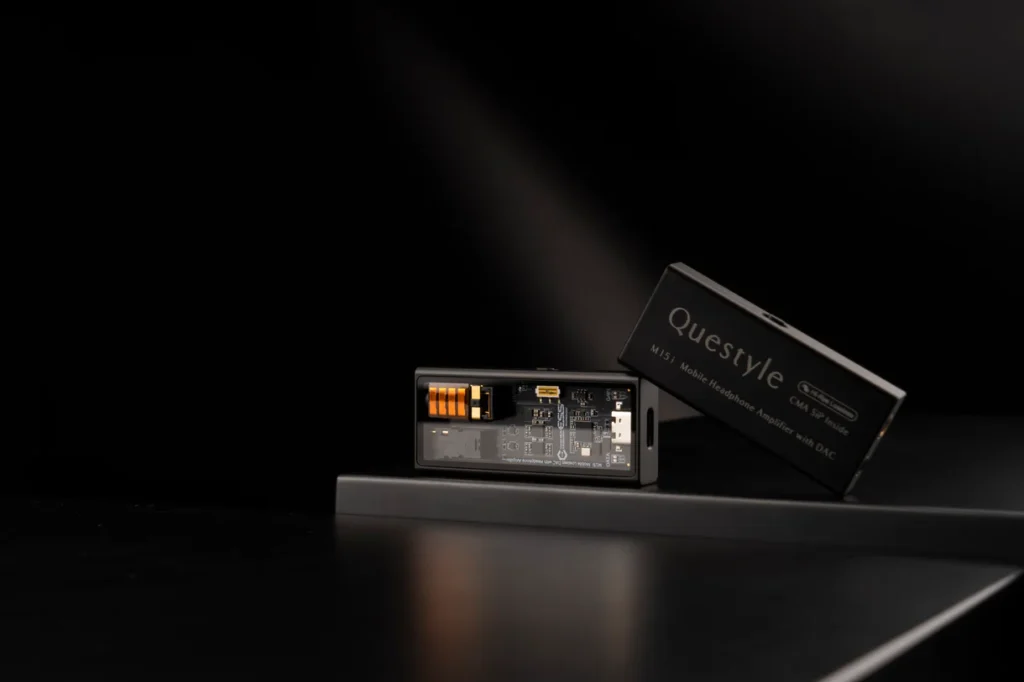
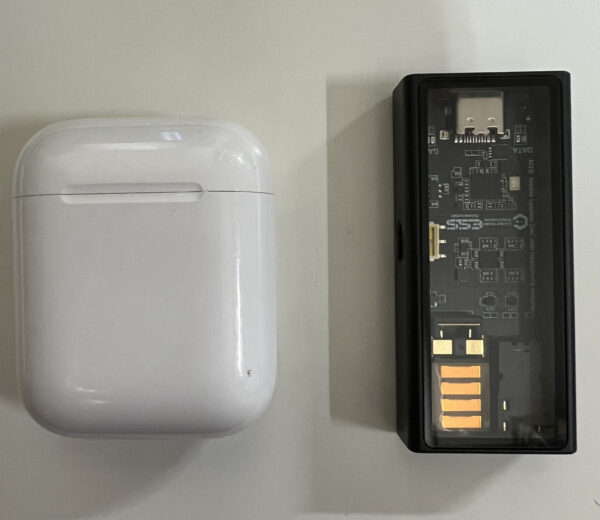
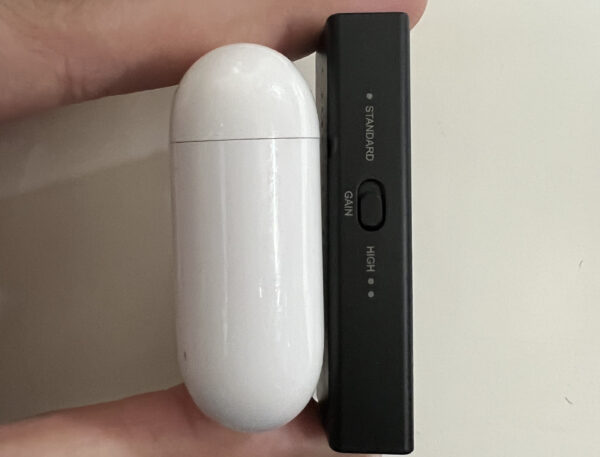
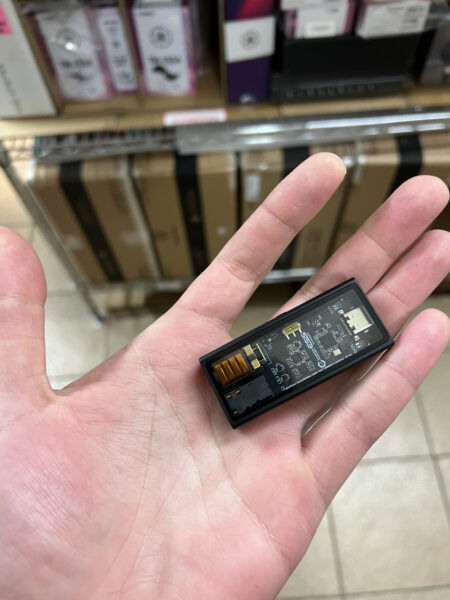
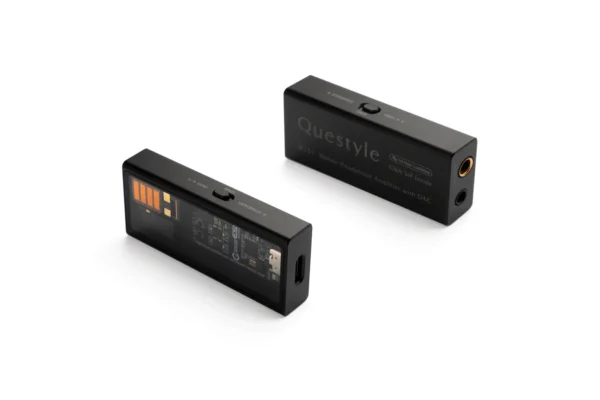
1 thought on “Questyle M15i Review”